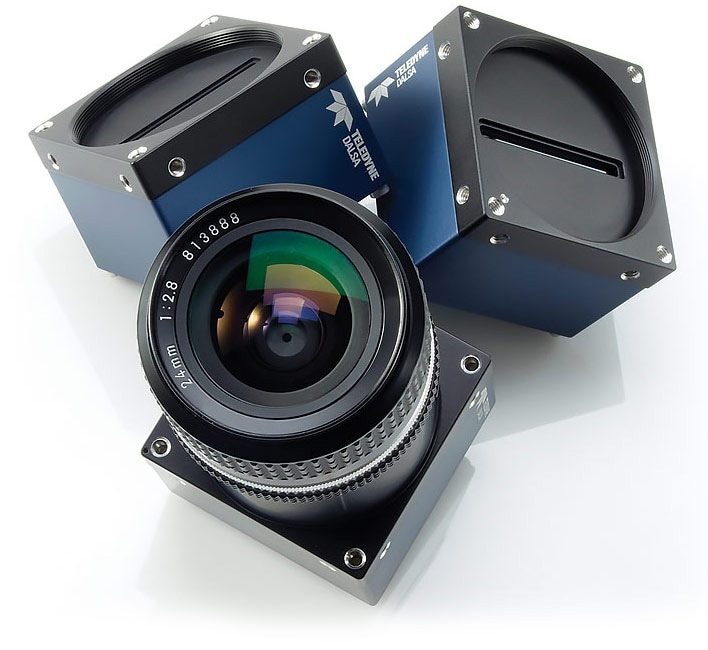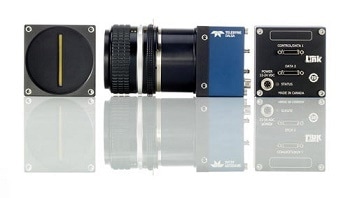
Machine vision often uses polarizing cameras, but in this interview AZoOptics talks to Xing-Fe He about Teledyne DALSA's ability to capture images in multiple polarizable states.
Can you give a brief overview Teledyne DALSA and what sets you apart from other members of your industry?
Teledyne DALSA is part of the Teledyne Imaging group of leading-edge technology companies aligned under the Teledyne umbrella. Teledyne DALSA designs, develops, manufactures, and markets digital imaging products and solutions, and we are the only company in the world to own the core technologies required for image sensing, capturing and processing.
Can you please explain to our readers the benefits of a Line Scan Polarization camera?
Polarizers are commonly used in machine vision, but until now there have not been line scan polarization cameras that capture images of multiple polarization states. In line scan, multiple arrays with different polarization filter orientations capture images simultaneously but at slightly different positions. Spatial correction allows the camera to align all channels at the same object point. The advantage of line scan is that it provides multiple native polarization state data without any digital manipulation.
What issues did you face when developing this new technology?
Manufacturing of the micro-polarizer filter was probably the most challenging. It requires expertise to ensure product performance and quality.
Can the Piranha4 integrate with other Teledyne DALSA products?
The Piranha4 integrates with Teledyne DALSA’s Xcelera-CL PX8 frame grabber and SDK.

Are there any additional features of the Piranha4 Polarization?
The camera uses Teledyne DALSA’s advanced quadlinear CMOS image sensor with nanowire micro-polarizer filters. It captures multiple native polarization state data without any interpolation, and outputs independent images of 0°(s), 90° (p), and 135° polarization states as well as an unfiltered channel, which captures the total intensity, equivalent to a conventional image. The camera has spatial correction and parallax correction.
Which industries will benefit most from the Piranha4 Polarization?
The machine vision industry is facing many challenges in detectability as speed reaches to about a 100-kHz line rate and object resolution shrinks to submicron.

Our polarization camera is very sensitive to any change on the surface or interface, and is ideal for glass inspection, flat panel display, wafer inspection, electronics inspection, materials grading systems, medical imaging, food sorting, remote sensing and general purpose machine vision.
How do you see the world’s first Line Scan Polarization Camera changing having an effect on the optics industry as a whole?
Polarization brings vision technology to the next level for many industrial applications. It detects material properties such as birefringence, stress, film, composition, and grading, etc. that are not detectable using conventional imaging. It represents a powerful new addition to system integrators’ machine vision product line.
What’s next for Teledyne DALSA?
As the first company to offer polarization models for both area and line scan imaging with the Piranha4 and the recently launched Genie Nano M2450 polarization camera, we continue to develop powerful, innovative products combining industry-leading performance with cutting-edge features and value.
About Xing-Fe He
Xing-Fei He is a Senior Product Manager for Teledyne DALSA’s CCD and CMOS product lines His areas of expertise include product imaging, display and optoelectronics with emphasis on product planning, development and rollout.

Disclaimer: The views expressed here are those of the interviewee and do not necessarily represent the views of AZoM.com Limited (T/A) AZoNetwork, the owner and operator of this website. This disclaimer forms part of the Terms and Conditions of use of this website.